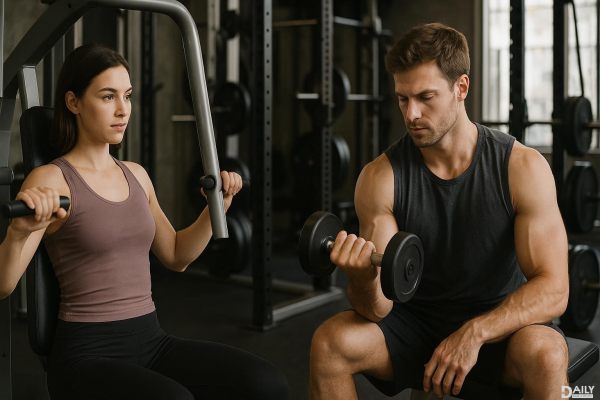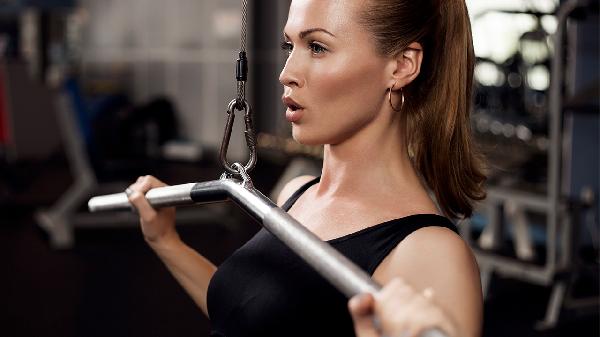When it comes to choosing between weight machines and free weights, the answer isn't black and white—it depends on your fitness goals, experience level, and personal preferences. Free weights like dumbbells and barbells offer more versatility and engage stabilizing muscles, while machines provide controlled movement patterns that can be safer for beginners or those recovering from injuries. But let's break it down further so you can decide which one deserves more real estate in your workout routine.

Free weights are the OG of resistance training—simple, effective, and brutally honest about your strength imbalances. Whether you're hoisting a barbell for squats or curling dumbbells, free weights force your body to stabilize itself, recruiting smaller muscle groups that machines often neglect. This translates to better functional strength for real-world activities, like lifting groceries or chasing after your dog when they steal your sandwich. Plus, free weights allow for natural movement patterns—no fixed tracks restricting your range of motion. The downside? They demand better form and awareness to avoid injury, which is why newbies might feel like they're playing Jenga with their joints at first.
Machines are like the training wheels of strength training—they guide your movement, reduce the risk of dropping a weight on your foot, and let you isolate specific muscles without worrying about balance. If you're rehabbing an injury or just starting out, machines can be a game-changer for building confidence and foundational strength. They're also great for "finishing" a muscle group after free-weight exercises or when you're too exhausted to trust your shaky arms with a barbell. But here's the catch: machines can create artificial strength by removing stabilizer muscles from the equation, which might leave you feeling like a superhero in the gym but struggling with real-life lifting tasks.
Newsflash—you don't have to swear allegiance to one camp. Combining free weights and machines can give you the best of both worlds. Start with compound lifts like deadlifts or bench presses using free weights to build overall strength, then switch to machines for targeted hypertrophy work or injury-friendly modifications. For example, after crushing barbell squats, you might hit the leg press machine to torch your quads without worrying about balance. This hybrid method keeps your workouts versatile and prevents plateaus by constantly challenging your muscles in different ways.
Research shows that free weights generally activate more muscle fibers than machines, especially in compound movements. A study published in the Journal of Strength and Conditioning Research found that free-weight squats recruited significantly more core and stabilizer muscles compared to Smith machine squats. However, machines aren't useless—they excel at isolating muscles, which can be crucial for bodybuilders or addressing weaknesses. The key is understanding your goals: if you're training for athletic performance, free weights should dominate. If you're sculpting a specific muscle group, machines can fine-tune your progress.
Still torn? Here's a quick cheat sheet: If you're a beginner, start with machines to nail form before graduating to free weights. If you're short on time, free-weight compound movements deliver more bang for your buck. If you're rehabbing, machines offer safer loading options. And if you're bored? Rotate between both to keep things spicy. Remember, the "best" tool is the one you'll actually use consistently—so don't overthink it. Just grab something heavy and get moving.
At the end of the day, the weight machine vs. free weights debate isn't about which is superior—it's about how each can serve your unique fitness journey. Whether you're team barbell, team selectorized machine, or a proud member of both squads, what matters most is progressive overload, solid form, and showing up. Now go forth and lift something (responsibly).
























